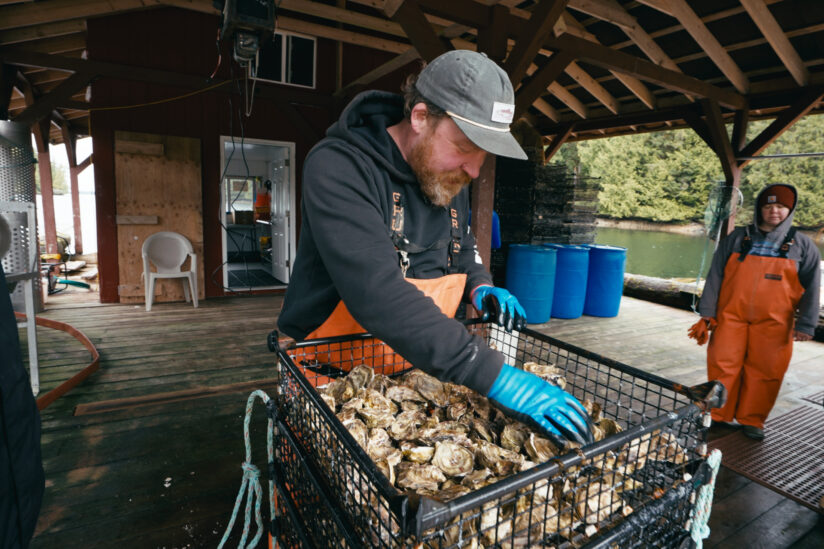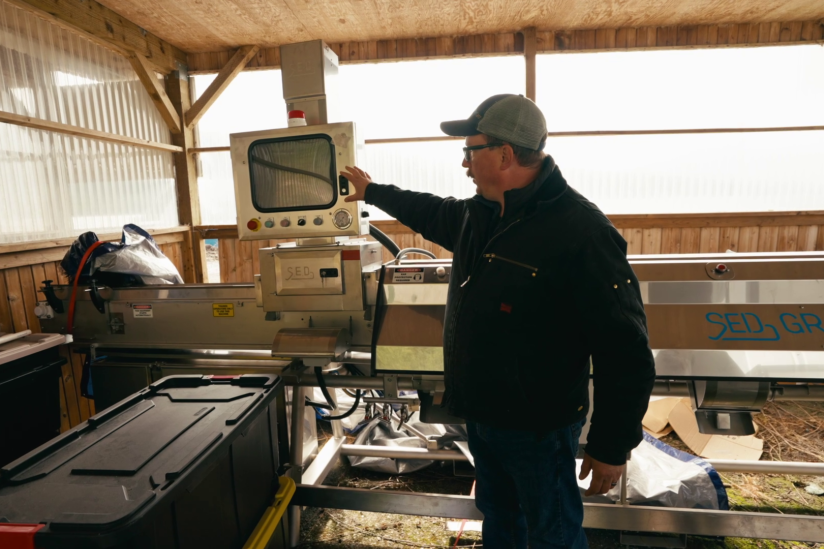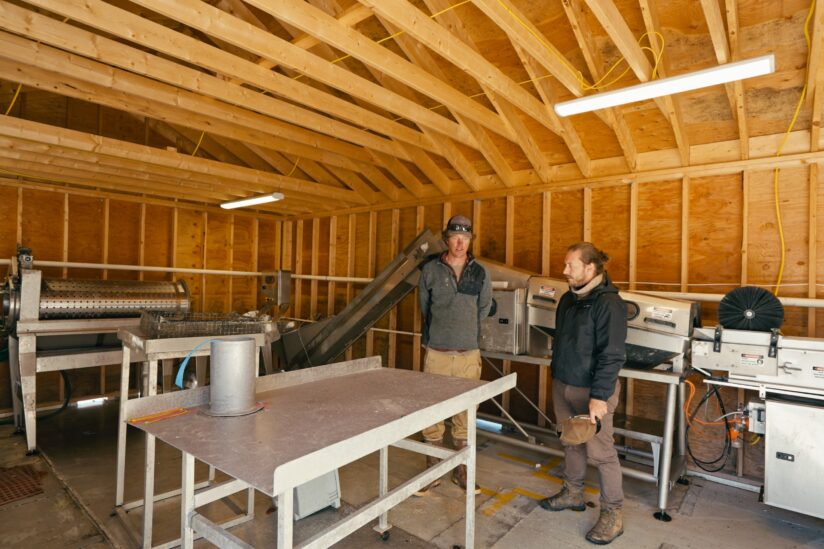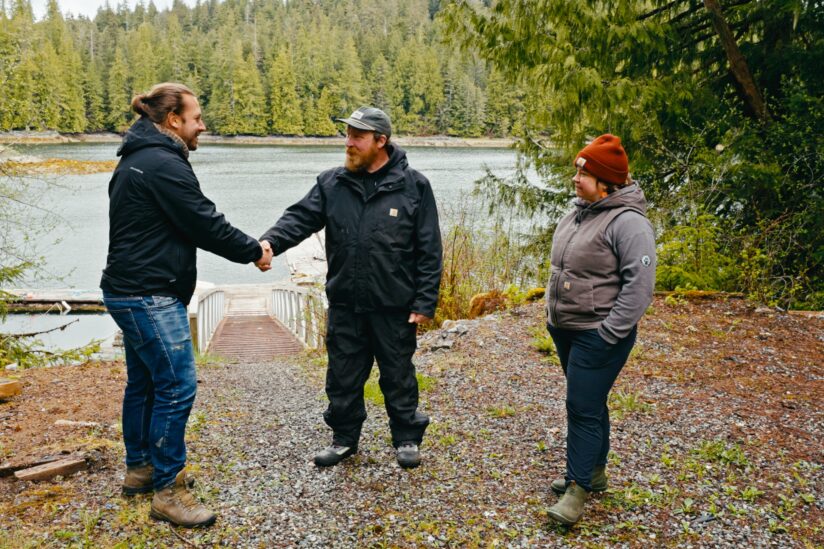
Due to Alaska's geographical attributes, oyster farmers are exploring different setups for processing and getting their oysters to market. They are committing resources to develop automated processing capabilities and to ensure efficient and safe transportation to markets and consumers.
Once harvested, oysters are transported to processing facilities (on-site or at a different location), where they are cleaned, sorted, and inspected for quality. The processing involves rigorous health inspections and testing for paralytic shellfish poisoning (PSP) to ensure the product's safety before it reaches consumers. Samples are regularly tested in certified laboratories to detect any presence of PSP toxins, ensuring they are below the permissible levels. Only after passing these stringent health checks are the oysters packaged with ice in insulated boxes for distribution, ensuring they meet health and safety standards.
Transportation infrastructure improvements have provided new shipping options, but costs remain a significant concern. Additionally, regulatory compliance is a complex and necessary aspect of the oyster industry, with strict federal laws. Farmers are navigating these regulations, ensuring proper facilities and equipment, and meeting sanitation guidelines.
Despite these obstacles, opportunities for growth and success exist through collaboration with industry organizations and a commitment to meeting high product quality and safety standards.
Small-scale farms process their oysters manually or semi-automatically, usually on their on-site working platforms, package them on ice for transport and delivery.
Large-scale farms are using automated equipment to sort their oysters. Automated sorting machines can sort 24,000 oysters per day into 6 different with two operators.
As part of Seagrove Oyster's strategy, substantial investments are being made in processing facilities, cold storage capacity, packaging, gear and automation that are currently creating bottlenecks.
The idea is to be technically and technologically ready and as efficient as possible for once the farm site is scaled and market demands increase.
Oysters' quality and shelf life are influenced by various factors, such as cultivation methods and environmental conditions during their growth period. Oysters grown in subtidal zones or on longlines may have weaker adductor muscles due to less shell movement, leading to shorter shelf lives compared to those grown in intertidal areas or in flip systems, where muscles are stronger from regular shell closure during tides. Different muscle strength affects oysters' ability to retain moisture within their shells, with intertidal oysters having a shelf-life over 20 days compared to 7-10 days for subtidal-grown oysters.
The cooperative business model
The Alaskan oyster industry is poised for significant growth as new operations prepare to bring market-sized oysters to consumers. While the primary market for Alaskan oysters has traditionally been within the state, industry partners recognize the need to expand sales to the lower 48 and beyond. In order to accomplish this, oyster growers must increase processing capacity, develop effective marketing and sales and provide a range of desirable products.
As the industry progresses, oyster producers are exploring the benefits of adopting cooperative business models as a strategic tool to enhance their processing, marketing, and sales endeavors, drawing insights from successful cooperative structures in related food production sectors.
Four farms in the Naukati area in Prince William Sound have formed a cooperative to facilitate a joint processing facility. By combining resources and funding opportunities from Southeast Conference, the cooperative addresses the critical challenges of having an efficient and near-farm processing capacity that complies with production regulations.
To relieve the individual farmer bottleneck of processing and cold storage costs, the processing site will have an offloading dock and pier, a walk-in cold storage container, handling equipment and machinery, and potentially a storefront for B2C sales fresh on ice.









